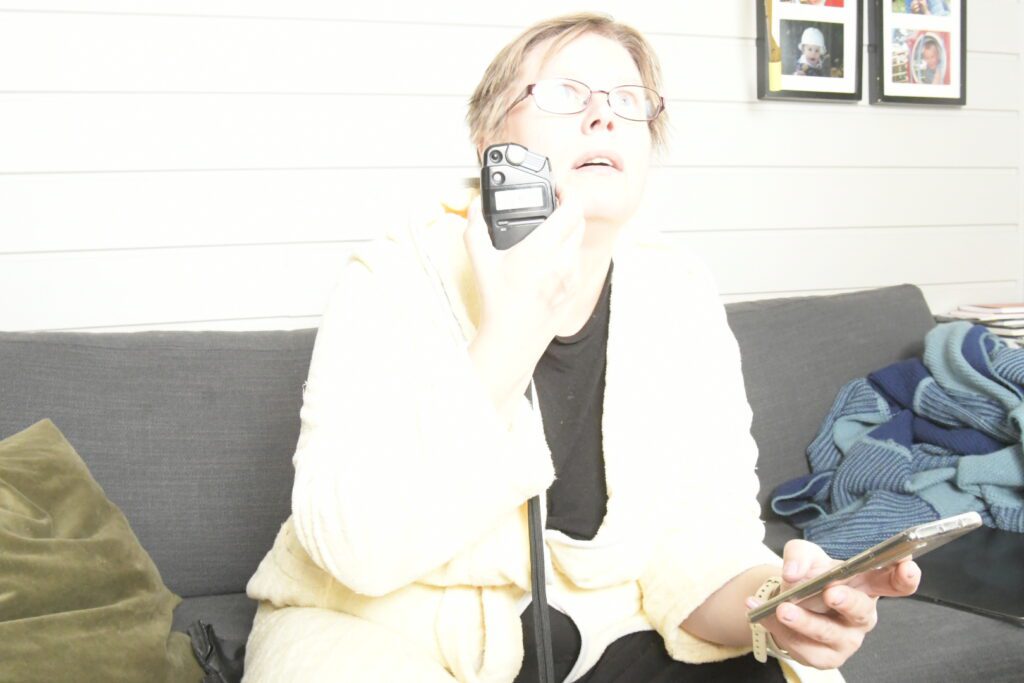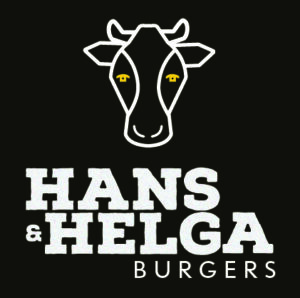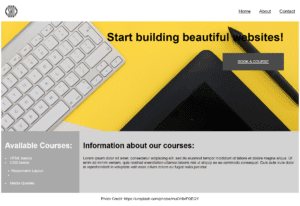In my daily work, I design and implement websites for clients. While I have been working with graphic design, I see that there is a huge difference in the way you can design for print that for web. For example, take magazine design: I subscribe to Digital Foto, a print magazine within the topic of photography. The publisher also have an online version of the magazine. In print design, you can make the assumption that (most) people see “the whole” in one glance, aka the spread. With this in mind, the designer can make elements that are visually connected over the whole spread: large images, text that spans both spreads, text that are connected but not necessarily next to eachother etc.
For web on the other hand, you have no guarantee of what the user see on the page, due to screen size or screen resolution. The size of a screen spans from the smallest on a watch to large screens or monitors. And even if the width of a screen is shared between devices, the height might vary.
Another difference is the possibilities in the styling of elements: in print, you set the size of the text, the images, the column with and the line-height. In web design, all of this can be overridden by the user’s browser settings. And if you as a print designer wants an element that spans three columns down and overlaps the next item: no problem. In web design this is much more challenging due to limitations in HTML, and even if you make it on one screen size, it may look very funky on another.
The next is layout. In print design, it is easy to render elements accross a grid of some sort, and this grid may be two dimentional – as in a modular grid. A modular grid provides an easy way to place elements that is consistent and balanced, and gives the designer a lot of flexilibity. In webdesign, it is more common to design row by row – and to render one row at the time. Elements that overlap a row is not so common, and may require coding efforts that may not overcome the benefit of the end result. In the old days, we used tables in layout purposes, but now we use grid and flex boxes. Grid can provide elements that spans several rows, but you still have to consider the breakpoints of various devices.
I think the most important thing for a graphic designer to know about web design and web develpment is that the limitations in the current web development languages makes it really hard to copy the freedom you have in print design. However, this may change in the future. Modern webdesign is constantly developing and things that weren’t possible last year is default behaviour now.



